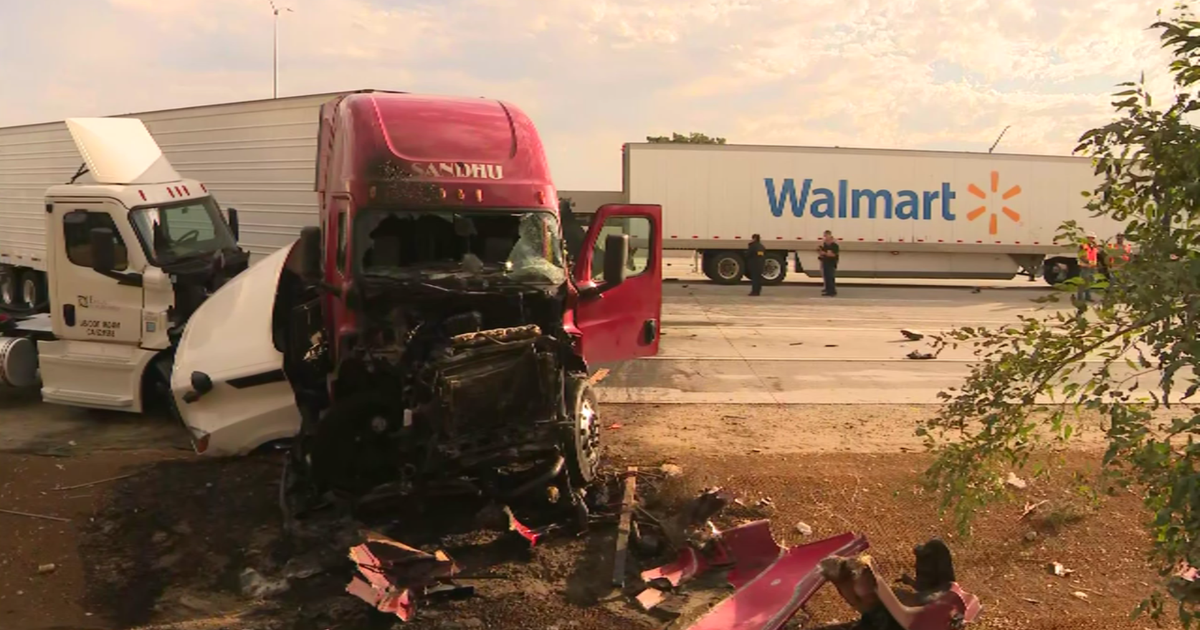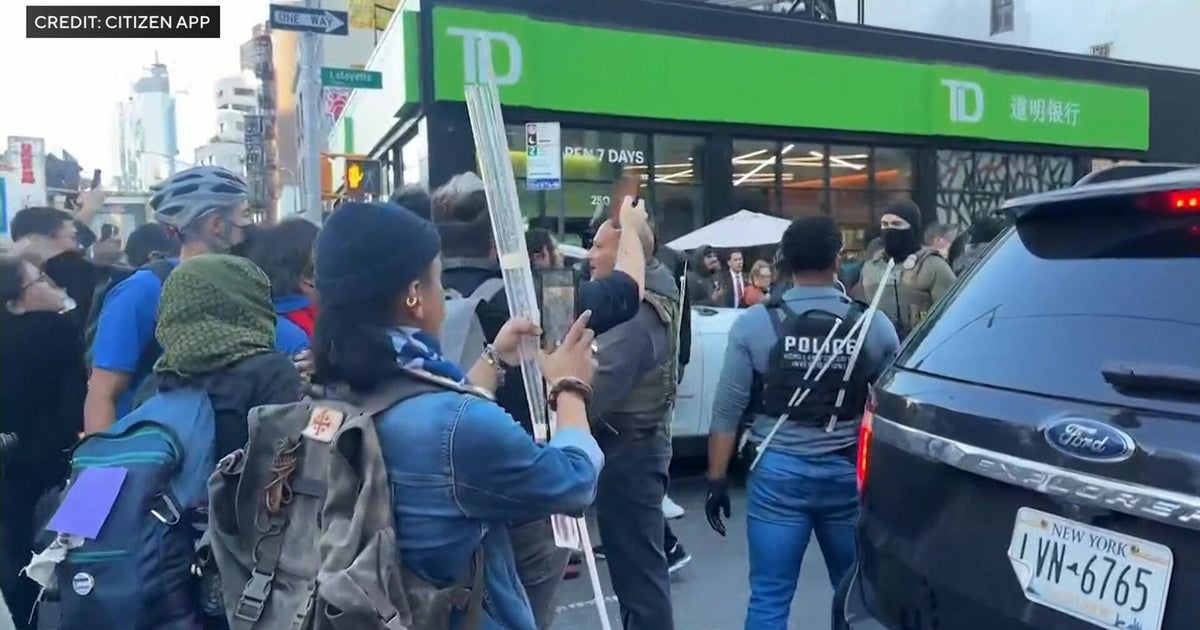Immigration and Road Safety in Southern California: Tragic Truck Crash Raises Policy Questions

Introduction
A recent incident on a Southern California freeway has highlighted critical issues related to immigration and road safety. A semi-truck driver, identified as Jashanpreet Singh, was involved in a deadly crash on the 10 Freeway, resulting in three fatalities and four hospitalizations. Singh, an Indian national, entered the U.S. illegally in 2022 and was arrested for driving under the influence and gross vehicular manslaughter.
Key Details
According to reports, Singh was first encountered by Border Patrol agents in California's El Centro Sector and was released pending an immigration hearing. The crash occurred when Singh's semi-truck collided with slow-moving traffic, leading to a devastating outcome. The incident has raised questions about immigration policies and their impact on public safety.
Impact
This event underscores the need for stringent enforcement of immigration laws and road safety regulations. The tragic loss of lives highlights the importance of ensuring that all drivers, especially those operating commercial vehicles, are legally authorized and sober while driving.
About the Organizations Mentioned
Border Patrol
The U.S. Border Patrol (USBP), an agency of U.S. Customs and Border Protection (CBP), is one of the largest federal law enforcement organizations in the United States, with nearly 20,000 agents as of 2023[1]. Its core mission is to secure the nation’s borders, prevent illegal entry, and safeguard American communities from threats such as terrorism, drug trafficking, and human smuggling[2]. The agency’s operations extend beyond traditional border monitoring, encompassing linewatch (surveillance and apprehension at the border), farm and ranch checks, traffic checkpoints on highways, city patrols, and transportation checks at airports, bus stations, and train terminals[1]. This multi-layered approach leverages both human intelligence and advanced technology to detect and interdict illegal crossers and contraband. Founded in 1924 as part of the Labor Appropriation Act, the Border Patrol has evolved dramatically over a century[1]. Initially focused on immigration enforcement, its responsibilities expanded after the September 11 attacks, leading to its integration into the Department of Homeland Security in 2003[1][3]. This reorganization merged several border and customs agencies, creating a unified force with broader authority and resources[3]. The Border Patrol’s motto, “Honor First,” reflects its commitment to duty and service, even in the face of significant risks—agents are among the most assaulted law enforcement personnel in the country, with documented attacks and bounties placed on them by criminal organizations[2]. Key achievements include the development of specialized units like BORTAC (tactical operations) and BORSTAR (search and rescue), which enhance the agency’s rapid response capabilities[3]. The Border Patrol has also played a critical role in responding to natural disasters, civil unrest, and mass casualty events, demonstrating its adaptability and value beyond border security[1]. In recent years, the agency has encountered over 2.5 million migrants annually, reflecting both the
El Centro Sector
**El Centro Sector Overview** The El Centro Sector is not primarily an organization focused on business or technology but is rather a critical component of U.S. border security. It is part of the U.S. Border Patrol and is located in California, specifically in the Imperial Valley. The sector is responsible for securing a significant portion of the U.S.-Mexico border, focusing on reducing illegal drug and human smuggling activities. ## History and Role The U.S. Border Patrol has been constructing border barriers since the early 1990s, with the El Centro Sector being a key area of operation. Over the years, the sector has seen significant investments in border infrastructure to enhance security. The construction of barriers has been a crucial component in gaining operational control of the border, leading to a decrease in illegal activities in areas where barriers are deployed[3]. ## Key Achievements One of the notable achievements in the El Centro Sector is the replacement of outdated barriers with new ones. For instance, a project completed in the late 2010s involved building a new wall along a two-mile stretch of the border west of the Calexico Port of Entry. This area had previously been a hotspot for illegal activities due to the old barriers' inability to provide adequate visibility for agents[3]. ## Current Status As of recent years, the El Centro Sector continues to be a focal point for border security efforts. The sector's operations are part of broader U.S. strategies to manage and secure the border. The ongoing construction and improvement of border barriers aim to reduce smuggling and enhance agent safety. ## Notable Aspects A notable aspect of the El Centro Sector is its proximity to urban areas, such as the city of El Centro, which is the most populous city in the Imperial Valley. This proximity can pose challenges for border security due to the potential for illegal activities to impact local communities. Despite these challenges, the sector remains a vital part of U.S. border enforcement efforts[1][3]. Overall,









